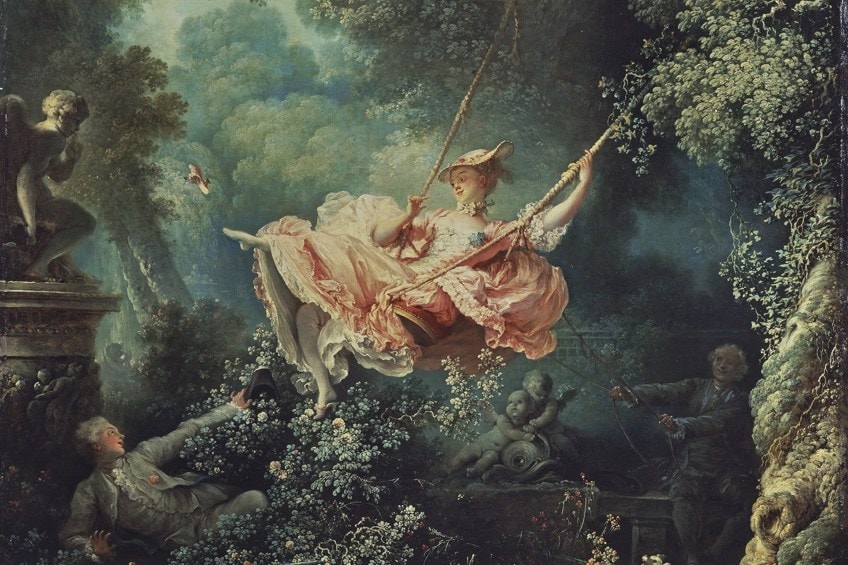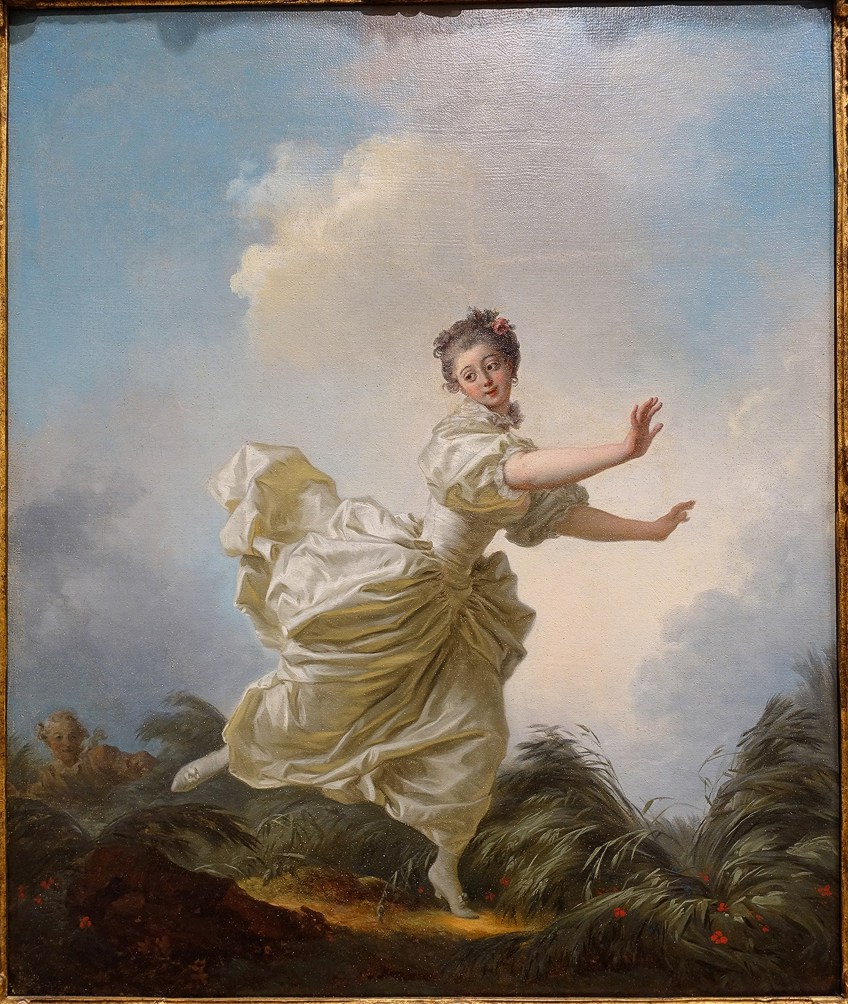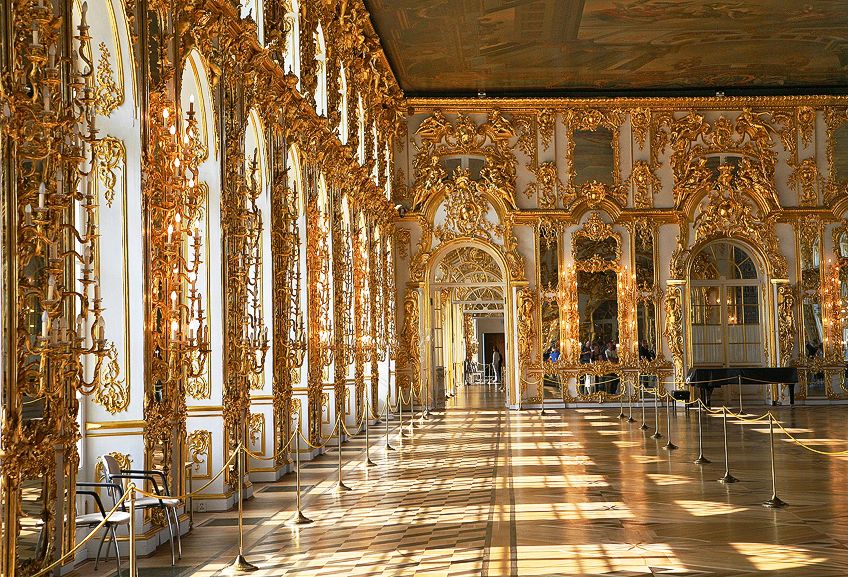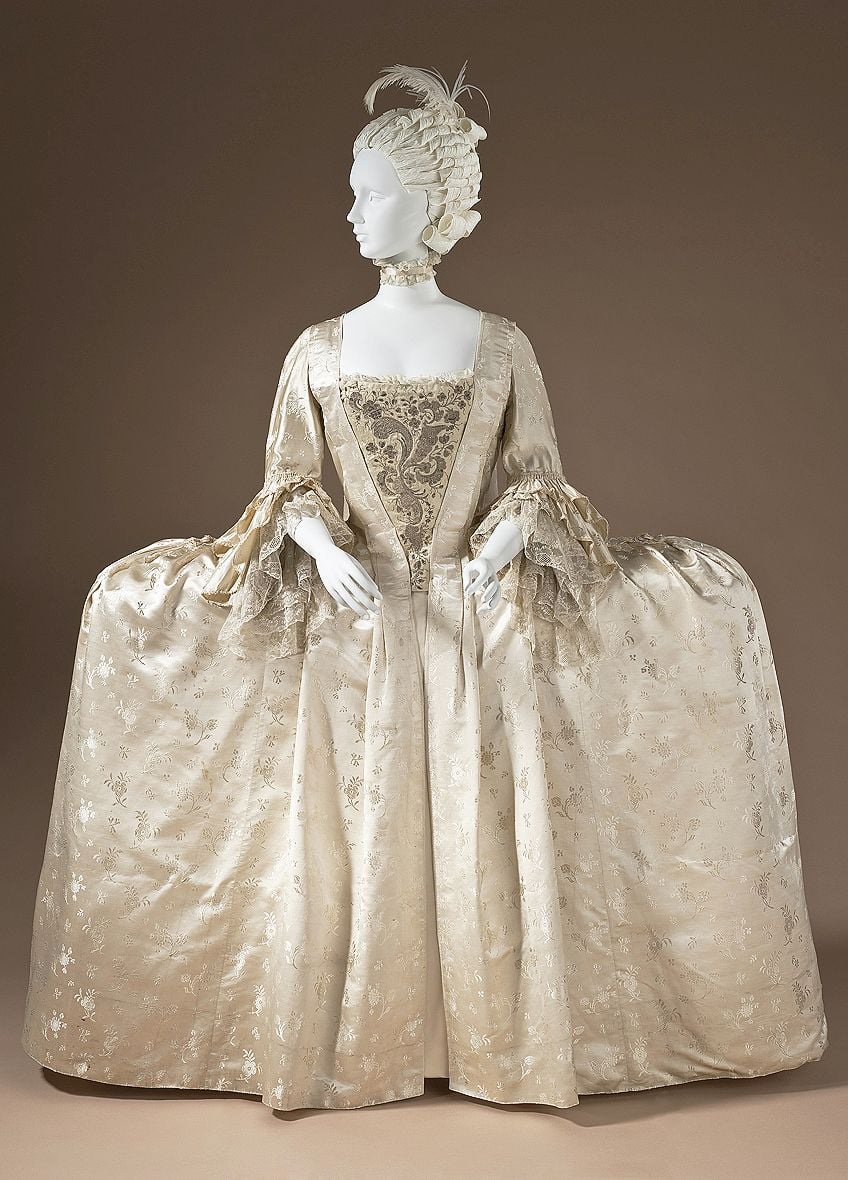Rococo: The Art of Elegance, Whimsy, and Grace

At the start of the nineteenth century, the Rococo architecture, or Late the Baroque period style made its debut in France and swiftly spread throughout Europe. Known for its whimsical elegance, elaborate details, and graceful lightness, Rococo emerged as the most popular style in literature, art , architecture, interior design , and fashion. The architecture of Rococo provided a contrast to the dramatic, colossal, and highly religious and political undertones o Baroque architecture. It was a lovely, funny, and sensuous style meant to please rather than overwhelm. The Rococo, or Late Baroque, style first appeared in France at the beginning of the 18th century and quickly expanded throughout Europe. Rococo, which was distinguished by its whimsical elegance, elaborate details, and beautiful lightness, rose to prominence in literature, art, architecture, interior design, and fashion. A beautiful, humorous, and sensual style that was intended to entertain rather than overwhelm, Rococo offered a counterpoint to the dramatic, massive, and strongly religious and political overtones of Baroque architecture.
The Rococo Renaissance Movement's Initial phases
The initial development of the Rococo style originated during the reign of Louis XV (1715–1774) in France. With the passing of Louis XIV, more commonly known as the Sun King, an era of rigorous formality and rigid classical architecture came to an end. As the elite left the lavish Mansion of Versailles and went underground to their private Parisian salons, intimacy, pleasure, plus elegance became the new benchmark.
The word "Rococo" itself is derived from the French words "rocaille," which means "shellwork," or "pebble ornament," and "barocco," which means "Baroque." This refers to the style's characteristic playful curved lines and ornamental shell-like motifs.
The 1719 portrait of Louis XV by Jean Ranc
Key Characteristics of Rococo
1. Playful Ornamentation
Abundant usage of cherubs, scrolls, foliage, flowers, and shells.
Asymmetrical designs that prioritized flowing, organic lines over symmetry were prevalent.
2. Lightness and Grace
Delicate pastels (light blue, cream, gold, and gentle pink).
Baroque's dark, weighty tones are being replaced by soft, light compositions.
3. Elegance in Interiors
Private spaces as opposed to vast hallways.
Porcelain figurines, gilded mirrors, and intricate woodwork.
Curved-legged furniture with intricate carvings and silk and tapestry upholstery.
4. Integration of Arts
Rococo was not just used in architecture and painting; it was also used in jewelry, pottery, theater, fashion, and even landscape gardening.

1772–1773 Jean-Honore Fragonard's The Pre-Arranged Flight
Rococo in Art
Jean-Antoine Watteau is regarded as the pioneer because of his fêtes galantes, which are formal outdoor parties. His masterwork, Pilgrimage to Cythera (1717), perfectly captures the romantic essence of Rococo.
Louis XV's mistress, Madame de Pompadour, had François Boucher as a favorite. His paintings, which frequently feature mythological lovers are brimming with lighthearted sensuality.
Renowned for The Swing (1767), a classic Rococo painting that embodies movement excess, and flirtation is Jean Honore Fragonard.
In playful ways, these artist portrayed the aristocracy's quest for beauty, love, and pleasure.
Rococo In Architecture and Interiors

Intimate yet opulent, French salons have pastel colors, curved moldings, and gilded stucco. Palaces and churches such as the Amalienburg in Munich and the Wieskirche in Bavaria are examples of German Rococo architecture, which took on a more theatrical style. Venetian customs were combined with Italian Rococo to create elaborate palazzi and colorful interiors.
Moreover, furnishings and décor changed:
Cabriole legs, which curved like an animal's leg, were used for chairs and tables.
Clocks and mirrors from the Rococo style were status symbols.
Meissen porcelain and other decorative arts were on the rise.
Rococo in Fashion

The art was reflected in fashion, which was flirty, elaborate, and light:
Women wore robes à la française, or pastel silk dresses with broad skirts, flowing ruffles, and flower embroidery. Using feathers, powdered wigs, and even symbolic items as ornaments, hairstyles became increasingly complex. Men wore equally elaborate clothing, including stockings, breeches, lace cuffs, and coats with embroidery.
Criticism and Declines
Diderot and other Enlightenment philosophers condemned it for being unrealistic, artificial, and unconnected to reality. As French politics grew more turbulent, Rococo came to be seen as a symbol of aristocratic excess and depravity. By the late 1700s, the Neoclassical movement- which emphasized order, simplicity, and moral gravity- had replaced the Rococo style. This movement was influenced by ancient Greece and Rome.
It was criticized by Enlightenment philosophers like as Diderot as being fanciful, manufactured, and detached from reality.
As France's political turmoil increased, Rococo became an emblem of aristocratic decadence and excess.
By the late 18th century, the Rococo style had given way to the Neoclassical movement, which was influenced by ancient Greece and Rome and placed an emphasis on order, simplicity, and moral gravity.
Conclusion
More than just ornamentation, the Rococo style offers a glimpse of the elegant, passionate and whimsical attitude of the eighteenth century. It serves as a reminder that art need not necessarily be solemn or imposing; it can also embrace wonder , closeness, and joy. The art of living gloriously, even for a brief instant, is celebrated throughout Rococo, from Watteau's romantic fetes to Fragonard's flirting swings. More compared to ornamentation, the Rococo style offers a glimpse of the elegant, passionate, and whimsical disposition of the eighteenth century. It serves as a reminder that art need not necessarily be solemn or imposing; it may also embrace playfulness, intimacy, and joy. From Fragonard's flirty swings to Watteau's dreamy fêtes, Rococo honors the art of living wonderfully, even if only momentarily.
Join our classes to enhance & improve your memory skills and let your child unlock the power to retain information from every moment of his/her life!

